Lavender (Lavandula) is a lovely evergreen shrub that is well-known for its outstandingly fragrant flowers and foliage.
Depending on the variety, the foliage varies from a dark green hue to a silvery gray coloration. Dainty purple flowers adorn each spike.
Lavender grows well in containers or you can plant a lavender hedge to outline the landscape.
Once planted, the hedge grows about one to two feet tall, and each plant will spread from one to five feet. Consider positioning a lavender hedge along a walkway or to outline a flower bed. You can even use a lavender hedge as a foundation hedge.
Why Plant a Lavender Hedge?
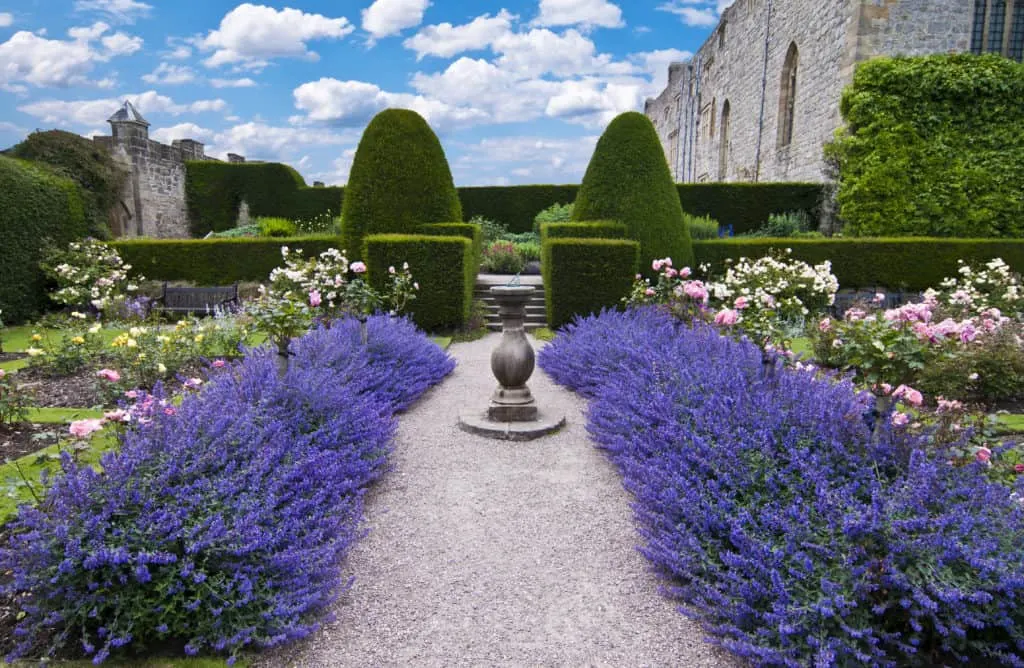
Are you seeking a low-care hedge that looks attractive year-round? Lavender plants are the perfect choice for most landscapes.
12 Reasons To Plant A Lavender Hedge
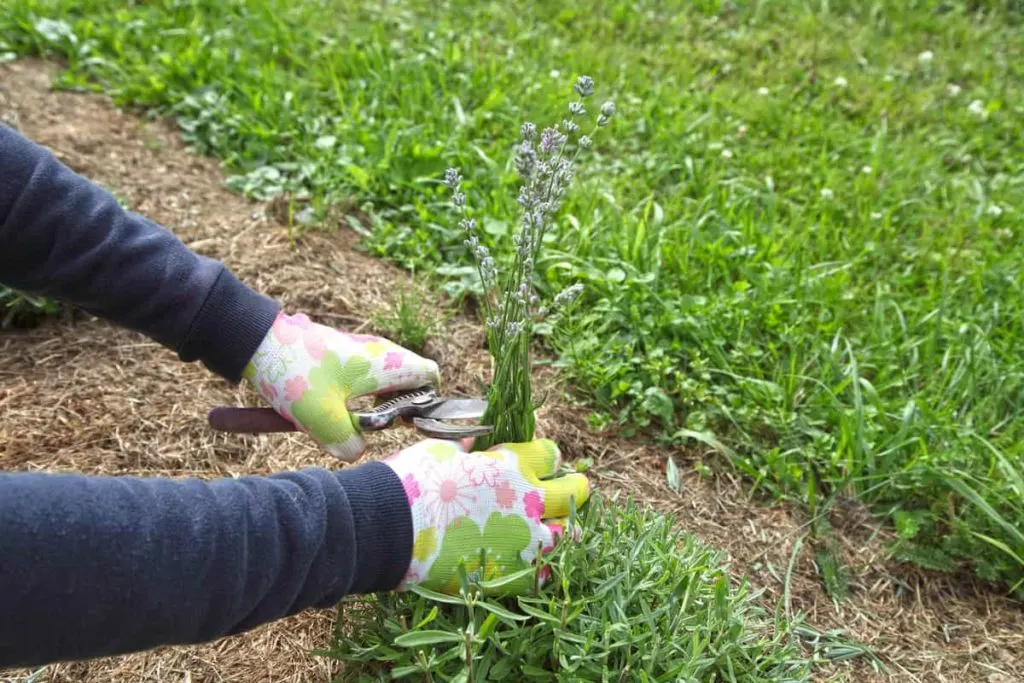
- Unique shape
- Exceptional fragrance
- Outstanding color variations
- Deer tolerant
- Attracts bees and other pollinators to the garden.
- Requires truly little care once established.
- Grows well near the sea.
- Tolerates rocky soil.
- Withstands moderate drought conditions.
- Prevents soil erosion.
- Excellent for use in dried flower arrangements or crafts
- Certain types of lavender are edible.
- Acts as a windbreak
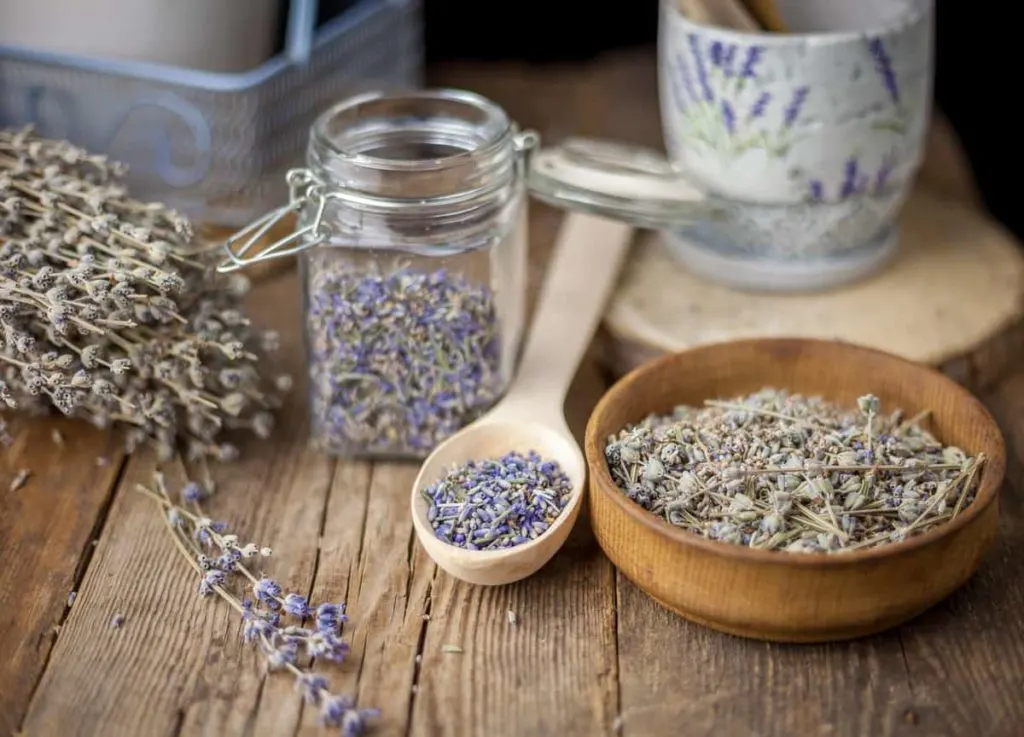
3 Best Lavender Varieties for a Hedge
Visit any garden store and you’ll encounter many different types of lavender. Below are three leading choices to create a hedge:
1. Lavandula angustifolia
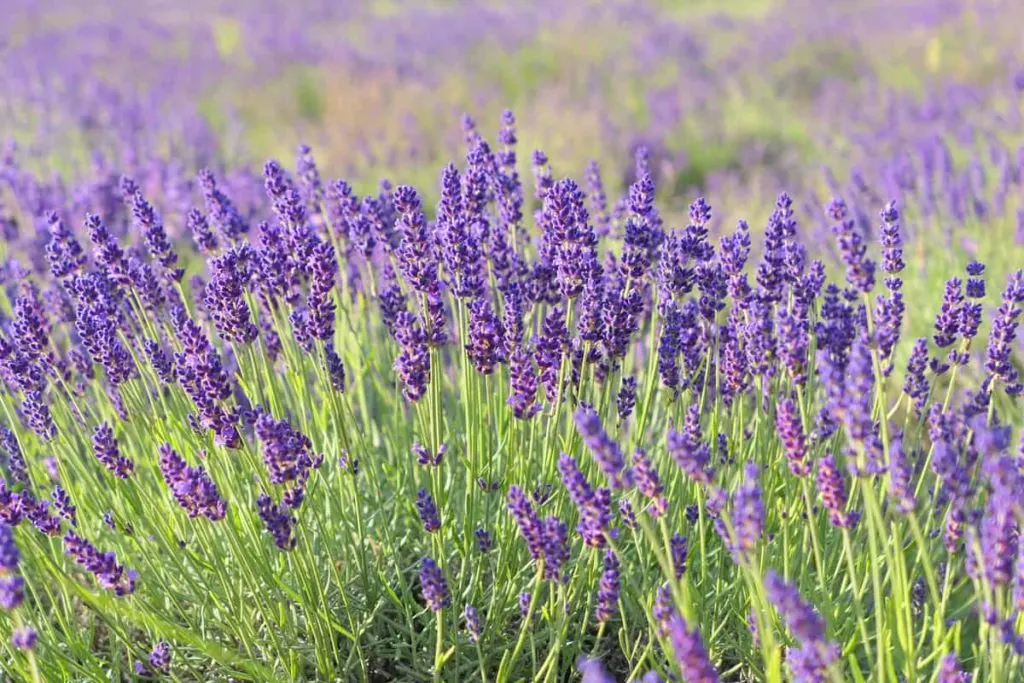
Lavandula angustifolia is the most common variety of lavender. Most people consider it a classic, true variety and refer to it simply as ‘common lavender’. Many cultivars have arisen from this species. They are all favored for their production of quality lavender oil.
The flowers of the common lavender appear in the late spring and will persist into the midsummer. This variety is ideal for hedging, edging, and mass plantings. Many people also favor it in rock gardens. The cultivars grow in a compact fashion and boast gray-green foliage with dense flower spikes.
2. Lavandula x intermedia
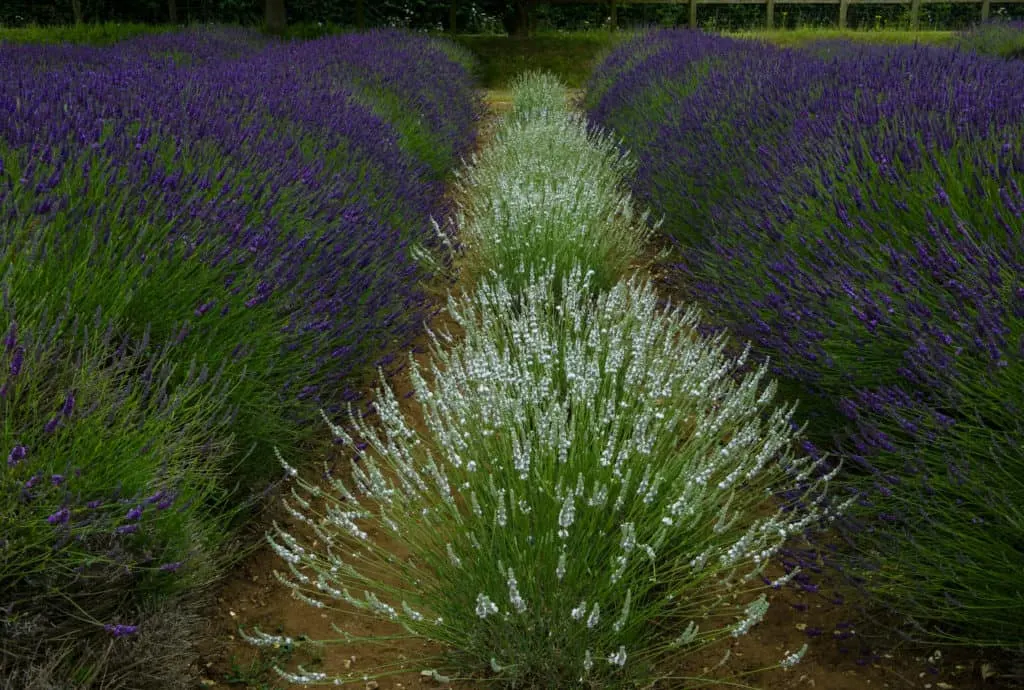
Lavandula x intermedia are taller than other forms of lavender. Hybrids form dense mounds with long flower spices. This variety is usually called lavandin.
The flowers appear in mid to late summer. This variety is well-suited as a hedge. The only drawback of lavandin is that it is less hardy than angustifolia. This variety is favored for its fragrant flowerhead which are often made into potpourri blends.
3. Lavandula stoechas
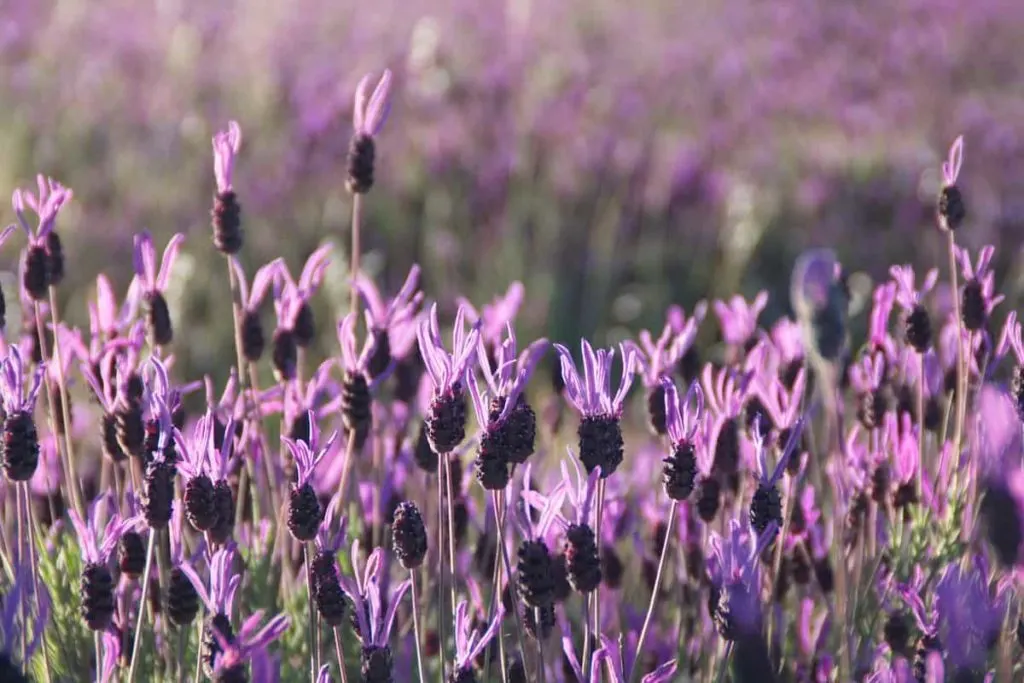
Lavandula stoechas grows well in hot weather so it is favored for USDA zones eight to nine. This variety is commonly called Spanish, French, or butterfly lavender.
It is often favored for containers, hedges, or mass plantings. Without a doubt, this is a striking lavender plant because it blooms almost continuously from mid spring to late summer. It has very standout flower brackets that are large and brilliant.
Picking the Location for Your Lavender Hedge
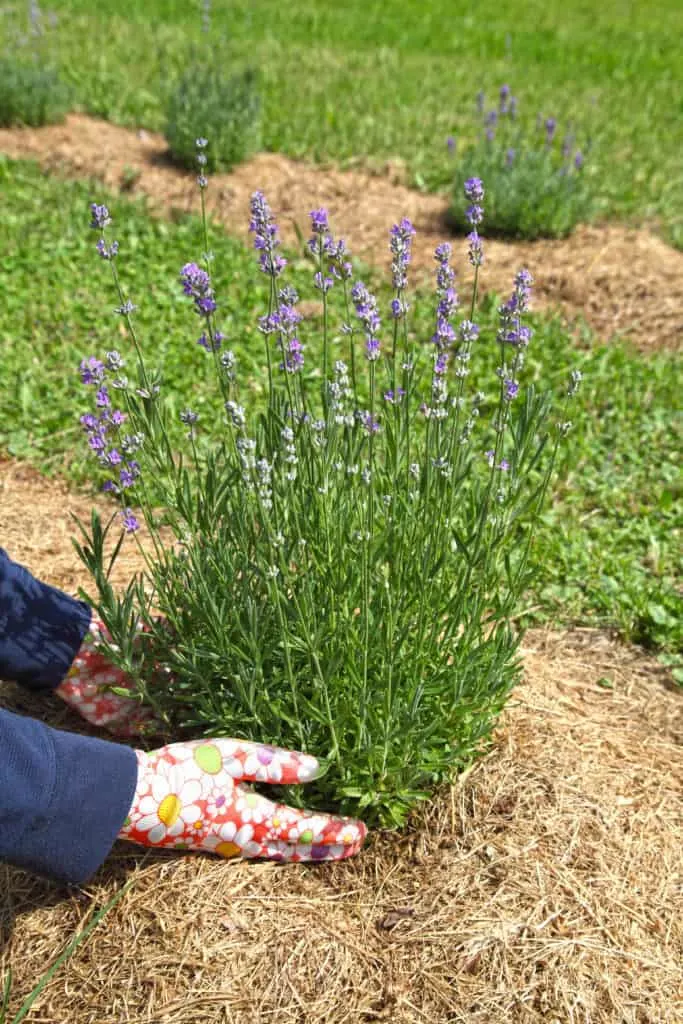
All lavender plants grow best in full sun. Ideally, they should receive at least half a day of sun. Typically, lavender varieties grow well in USDA zones five through nine. They can easily grow in poor or rich soil.
Soil pH Considerations
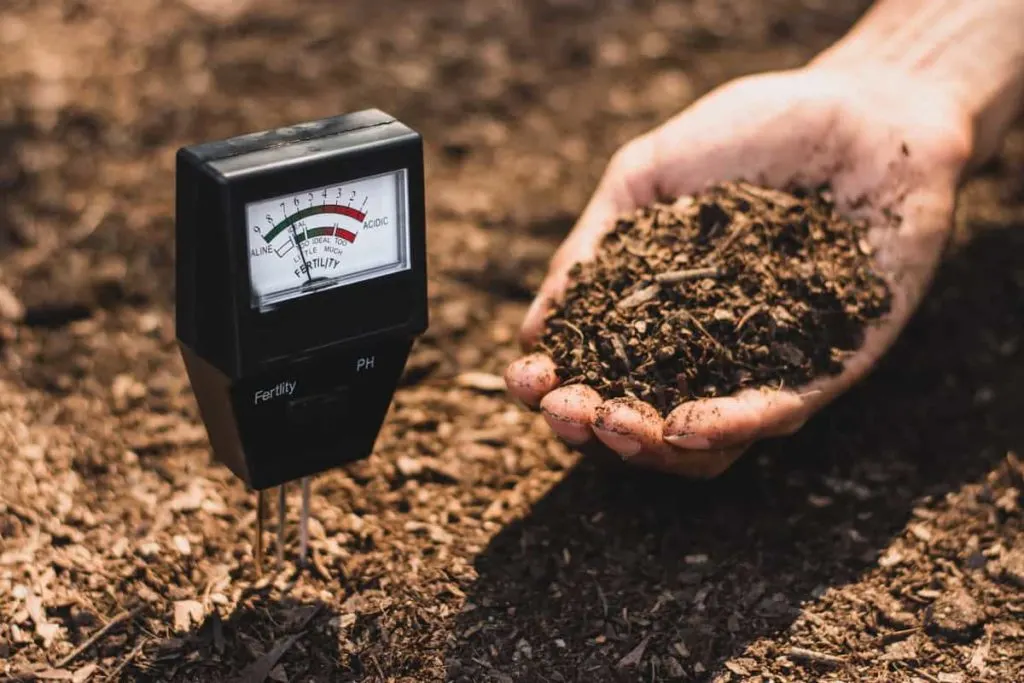
The lavender plants tend to prefer a soil pH of 6.4 to 8.3. Ideally, you should test your soil prior to planting the lavender. If the soil is too acidic or alkaline then you’ll need to supplement to attain a good pH range. With acidic soil you can work dolomite or ground lime into the soil to create alkalinity.
Preparing The Location
Cultivate a location that is at least 12 inches wide and as long as desired. You’ll need to loosen the soil to a depth of six to eight inches. Use a rototiller to churn the soil. You can also loosen the dirt clogs with a garden spade.
After loosening the dirt, form a six inch high ridge by adding a mix of topsoil and compost. Raising the soil level with the additives helps the hedge become denser and form a compact growth habit.
Planting the Lavender
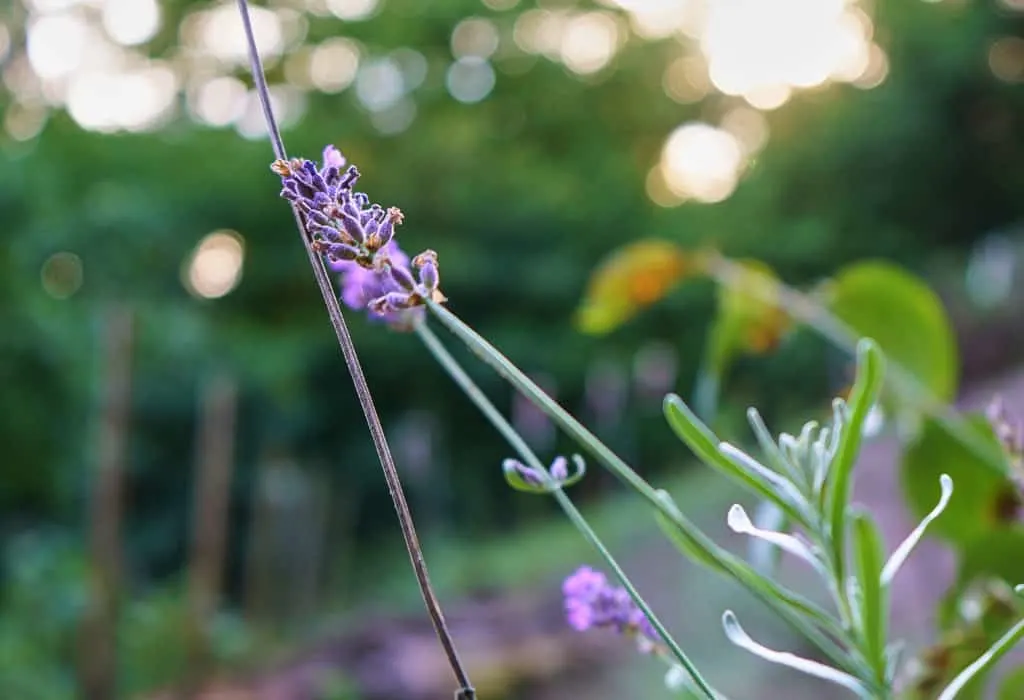
Remove the lavender plant from its container. Typically, lavender becomes very root bound in nursery containers so it can have a hard time establishing itself in the flower bed. Gently take your fingers and loosen the roots. Try not to break them. Just massage them to loosen the root mass prior to planting. If the plant is left root bound the foliage might wilt, yellow, and start to fall from the plant.
Space the lavender plants approximately 10 to 12 inches apart. Position them in the middle of the amended bed.
Thoroughly water the newly planted lavender. Keep the soil moist but not overly wet. It is imperative that the lavender plants have sufficient water. Once established, they can tolerate drought but not for at least a year.
Save money when planting a lavender hedge by propagating lavender cuttings. Here’s a step-by-step tutorial to multiply your lavender plants.
Staggering a Lavender Hedge
Another way to plant a lavender hedge is by staggering the rows. You’ll need a wider soil ridge that measures about 25 inches wide. You’ll double the rows of lavender and space them 12 inches apart. Do not position the plants so they are right next to each other.
Instead, stagger the lavender plants. This will create a much fuller hedge that appears thicker and denser. Most people find a staggered lavender hedge visually appealing.
Pruning Lavender
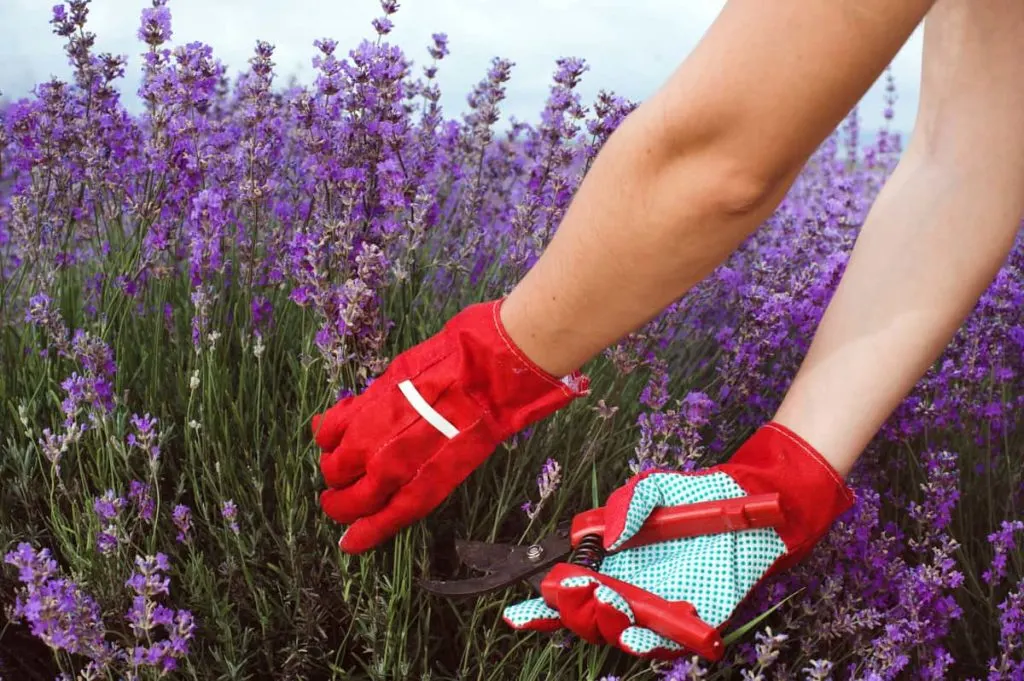
When the first spring arrives, prune the plants back by at least a third. Spring pruning will encourage the lavender to become bushier and create a fuller hedge. It will also encourage extra flowering.
Airflow and the Lavender Hedge
Lavender requires air circulation, or it can quickly develop mold or mildew. Spring pruning encourages airflow between the plants. Also, when planting the hedge do not try to plant the clumps too close together or they will not receive sufficient airflow. In addition, plants that are too close end up competing against each other for nourishment and water so will fail to thrive.
A lavender hedge is an eye-catching addition to any landscape that is relatively carefree. Once established it will bring fragrance and grace to the garden. You’ll undoubtedly enjoy many compliments about its lavender beauty.
